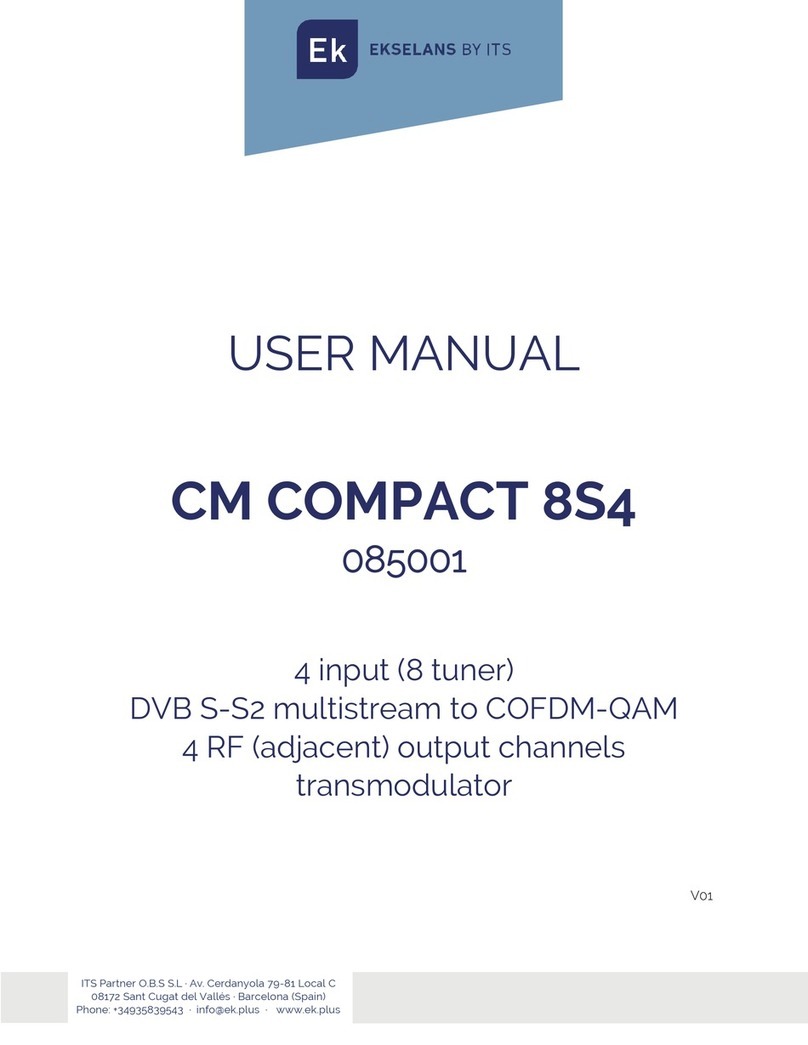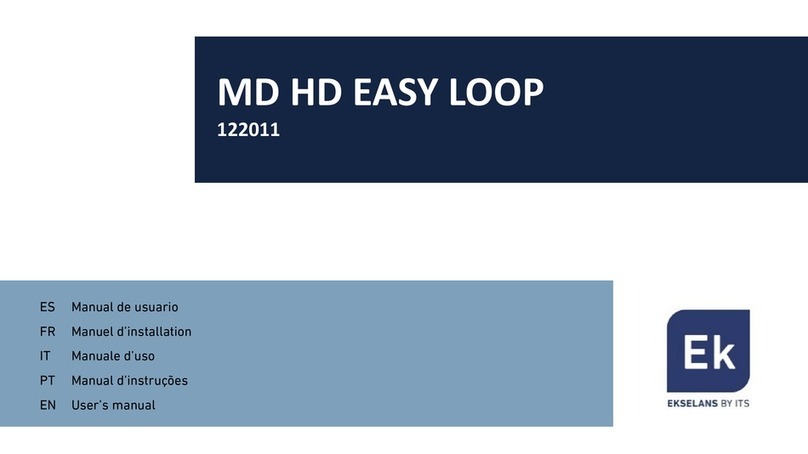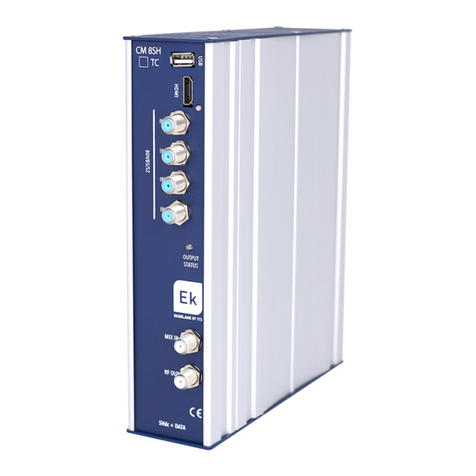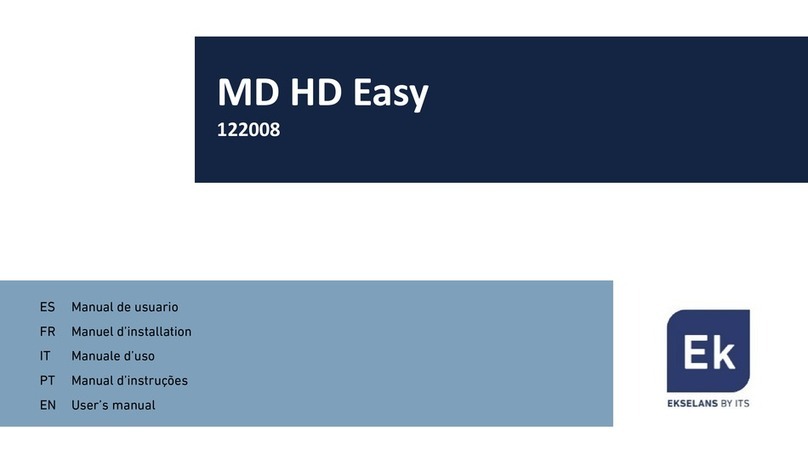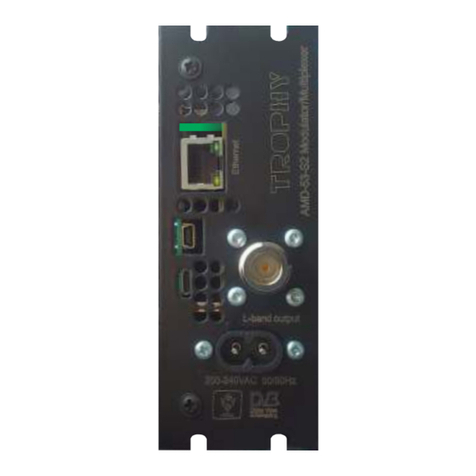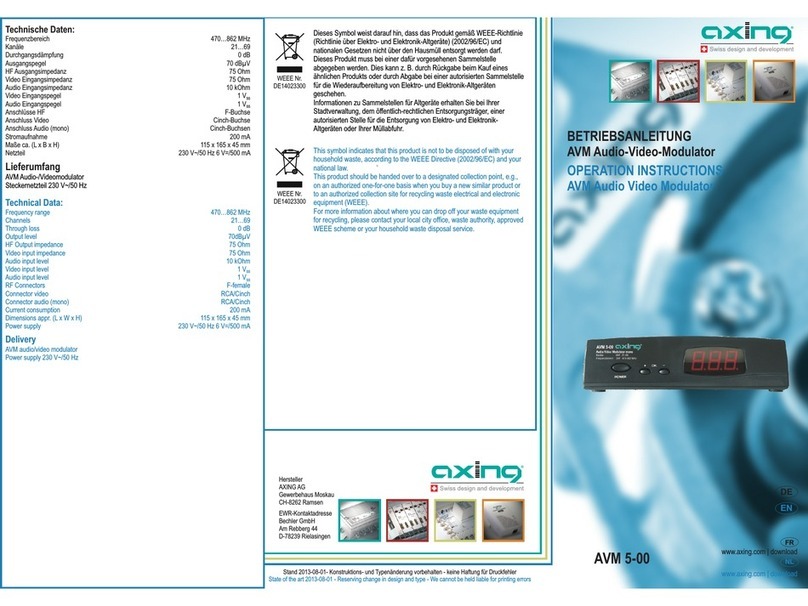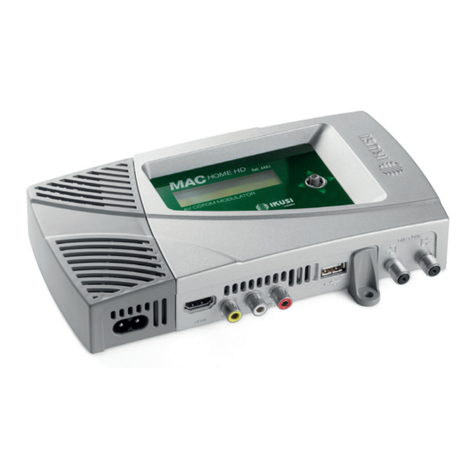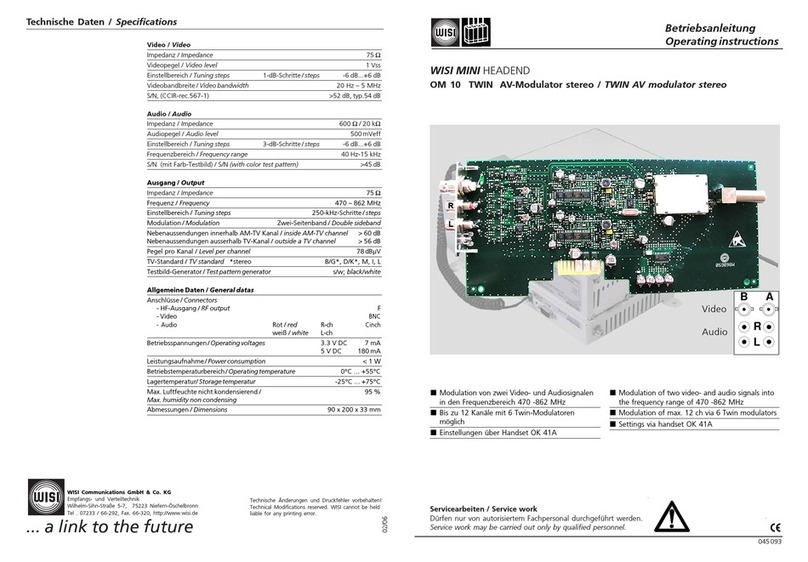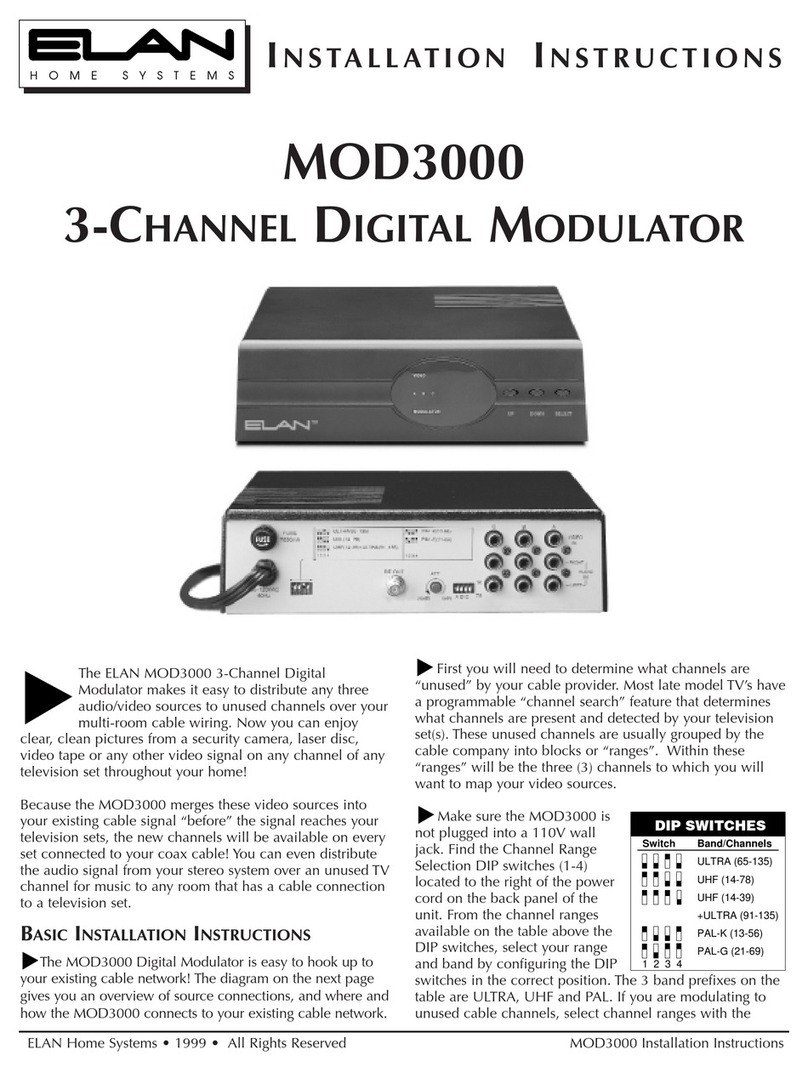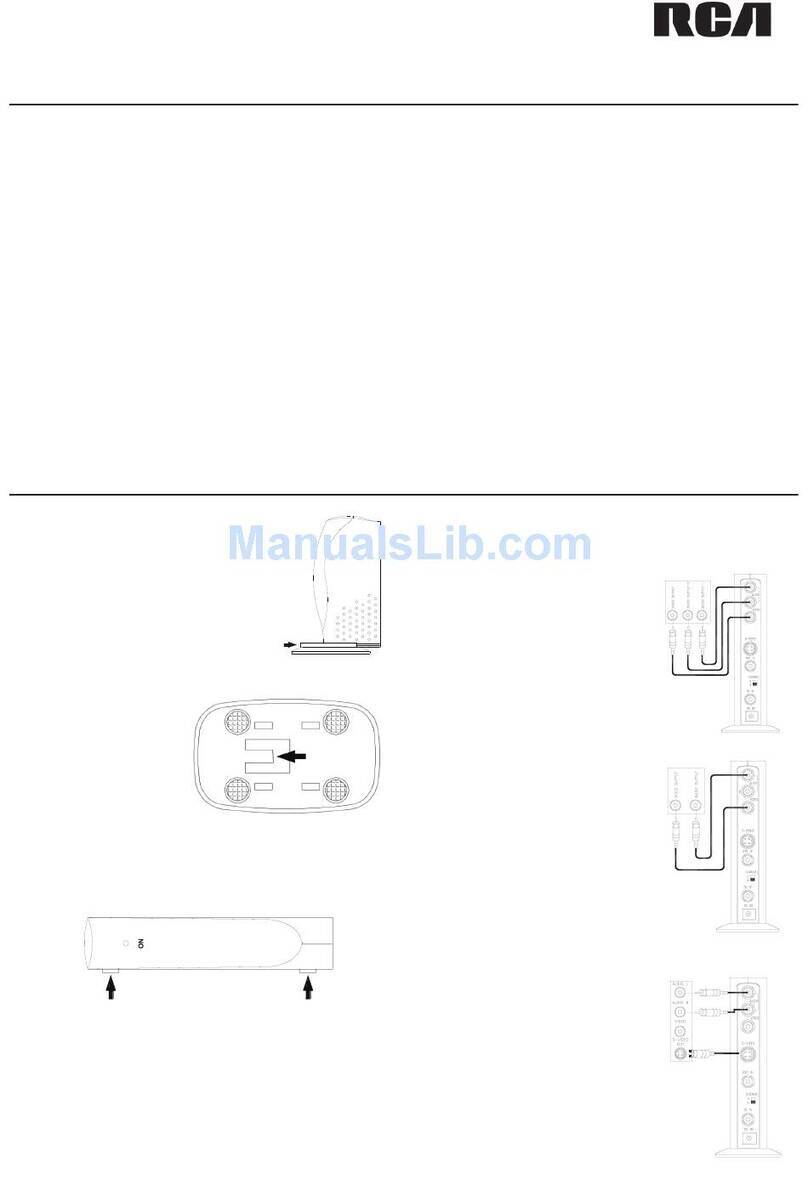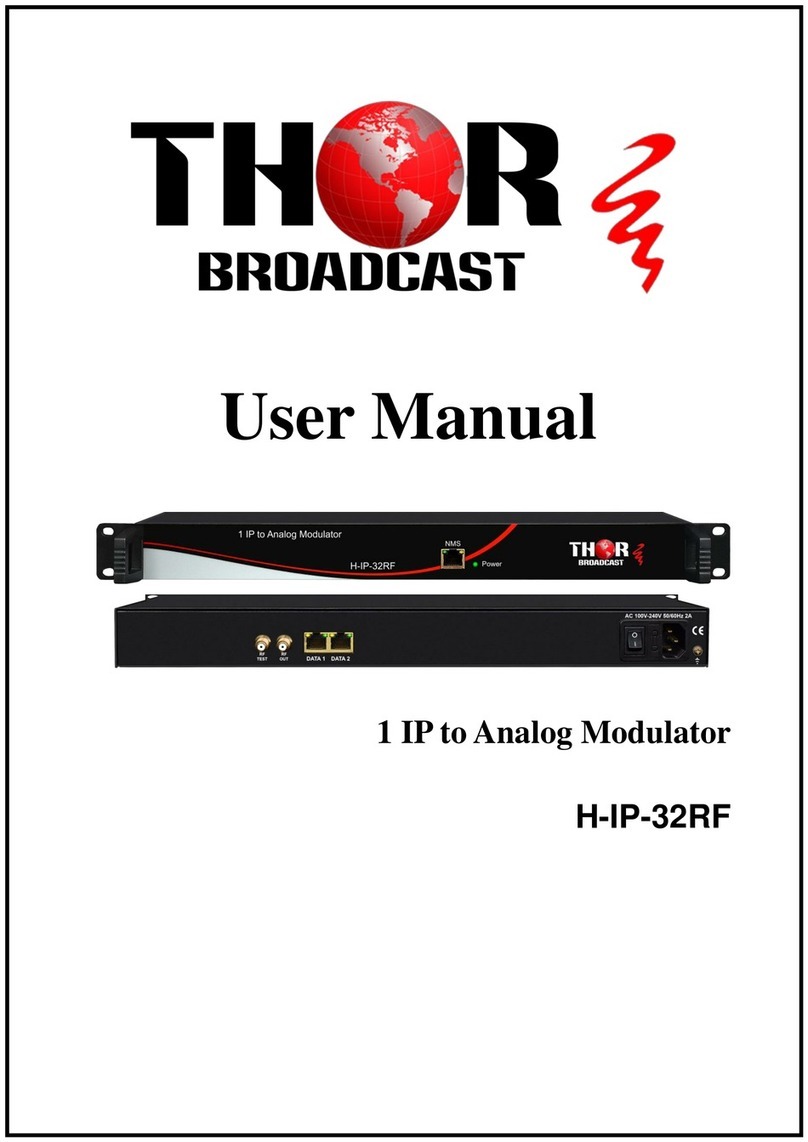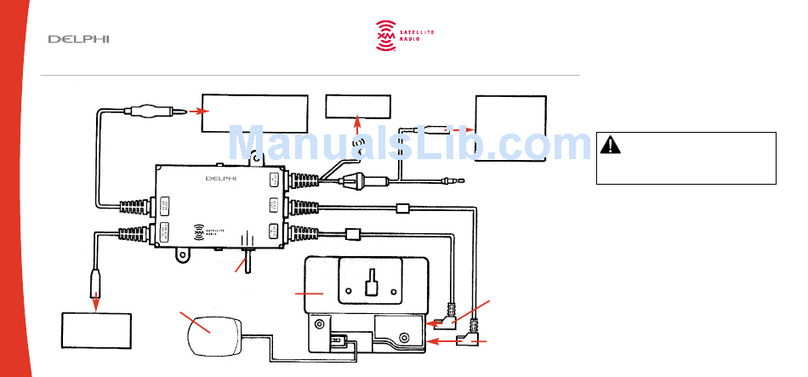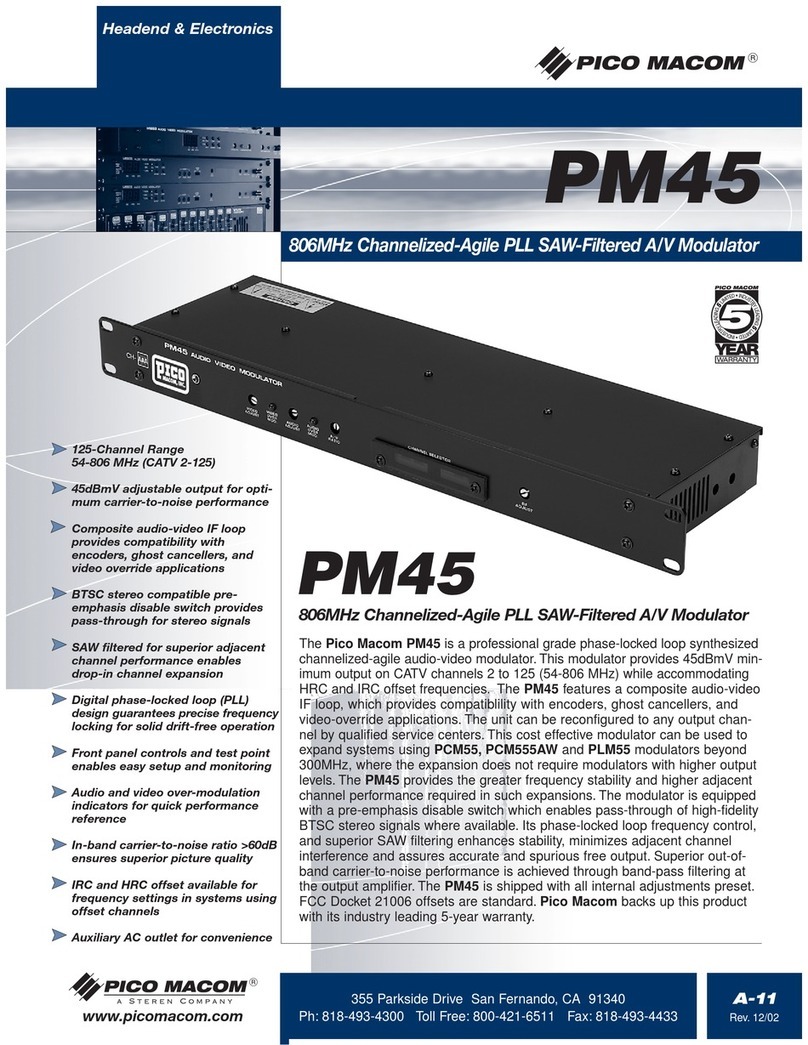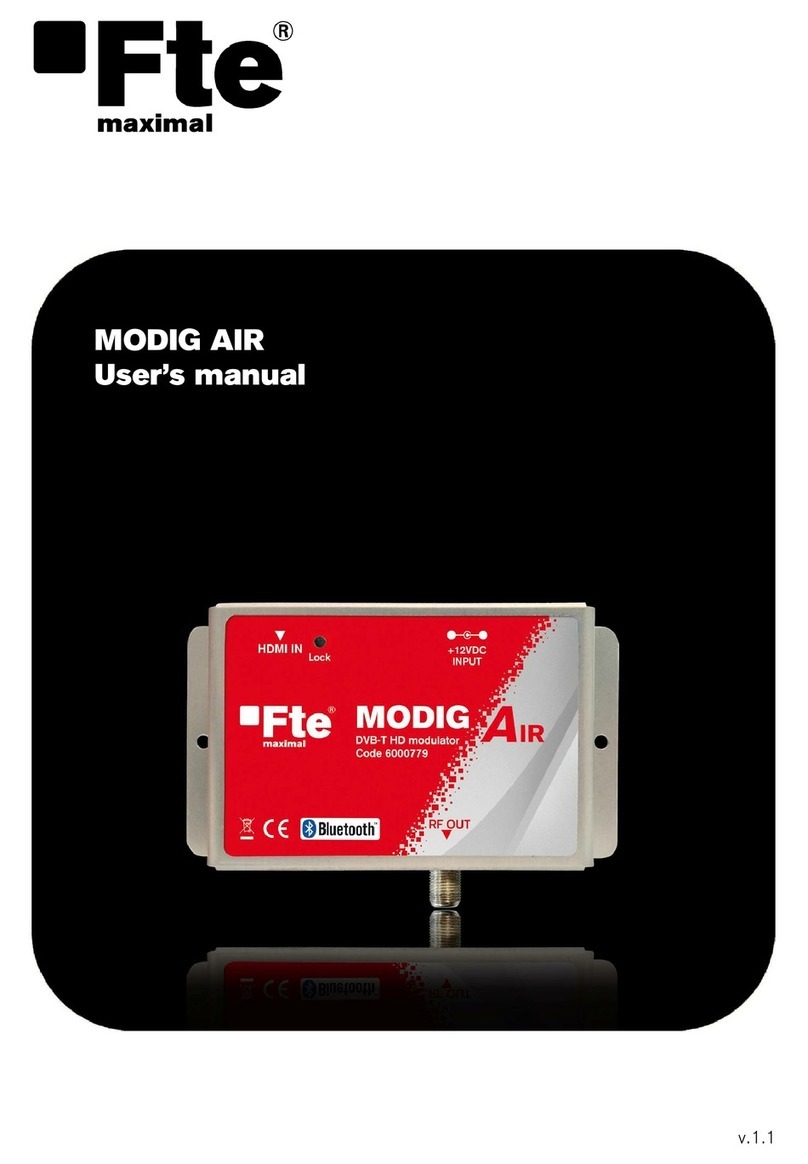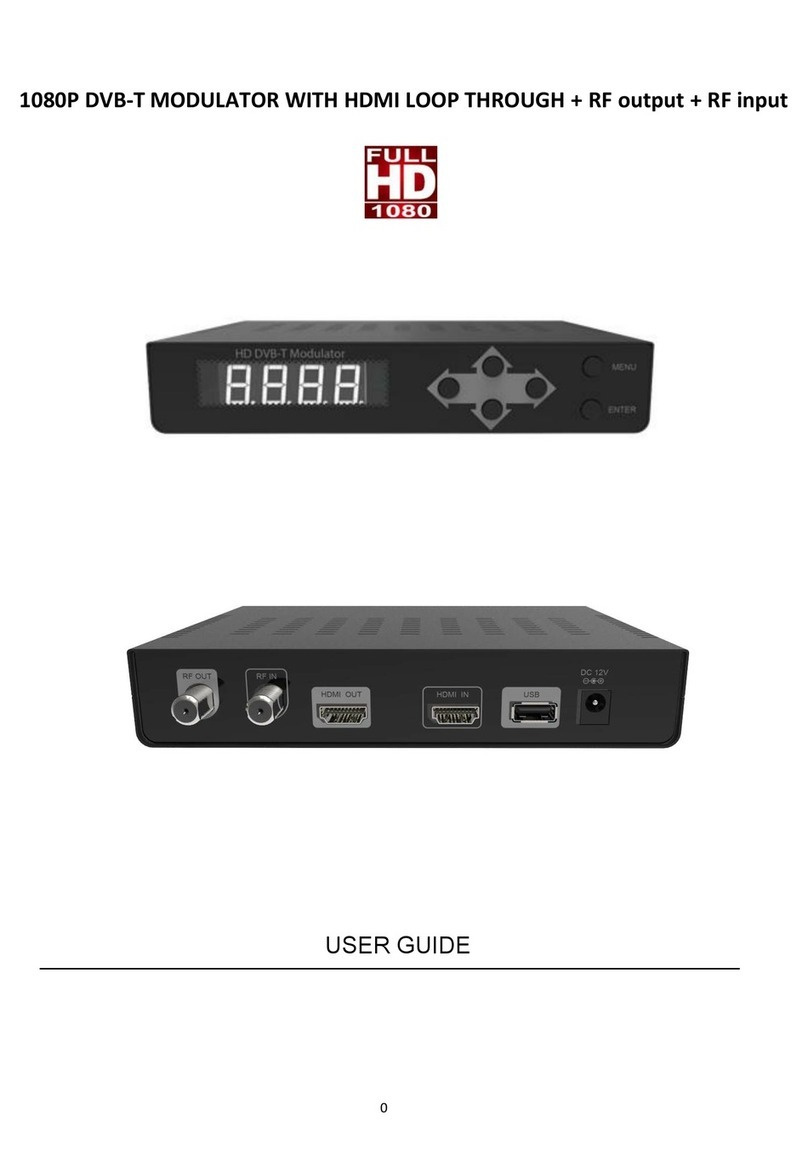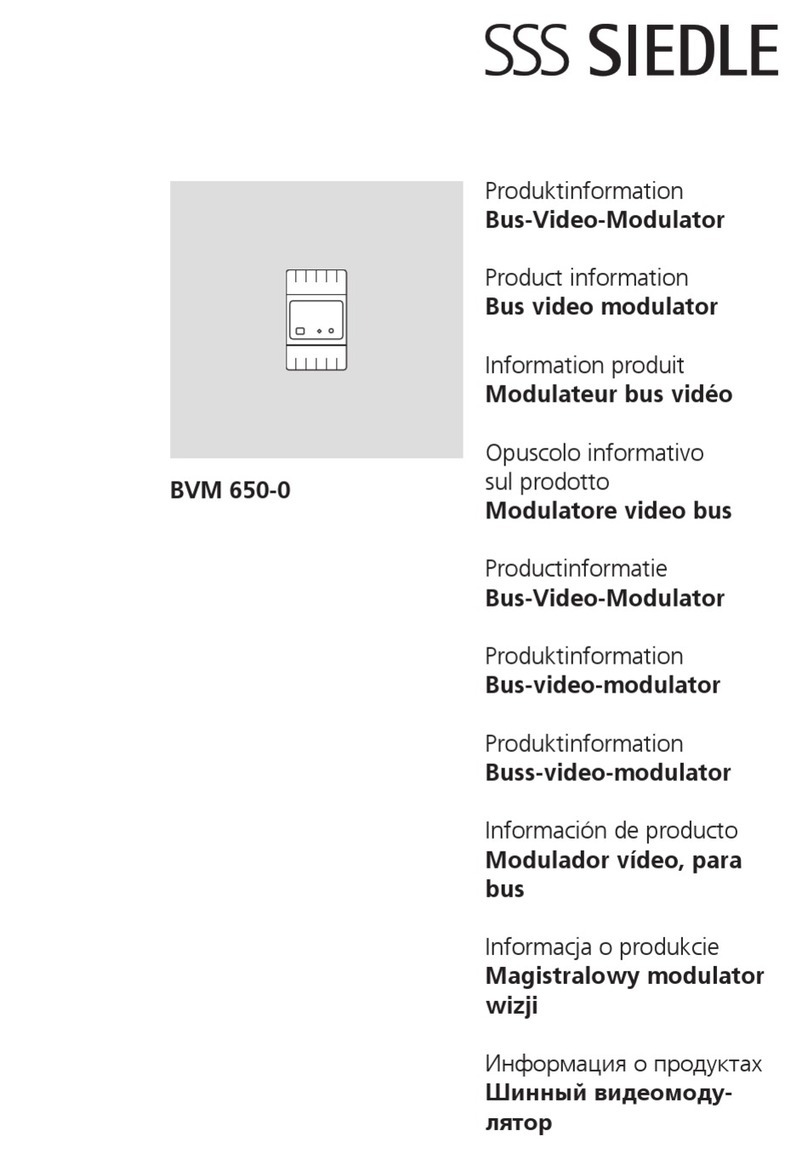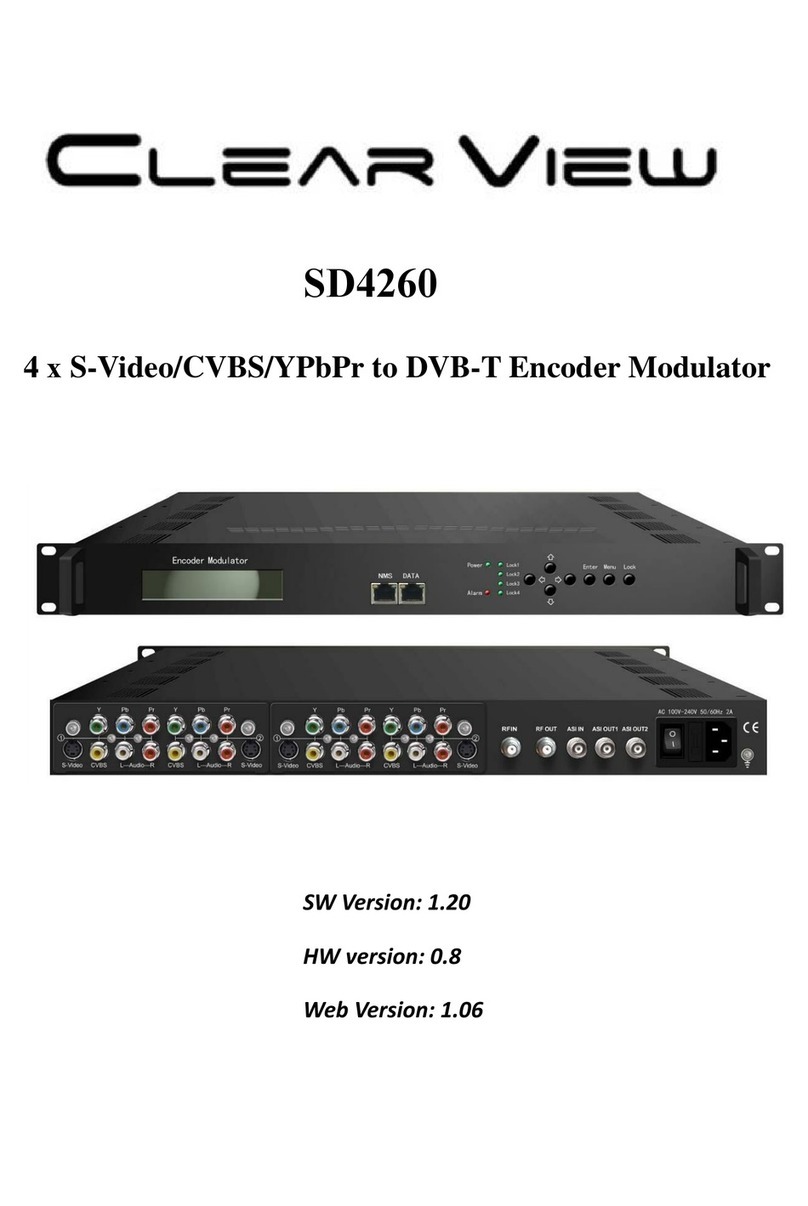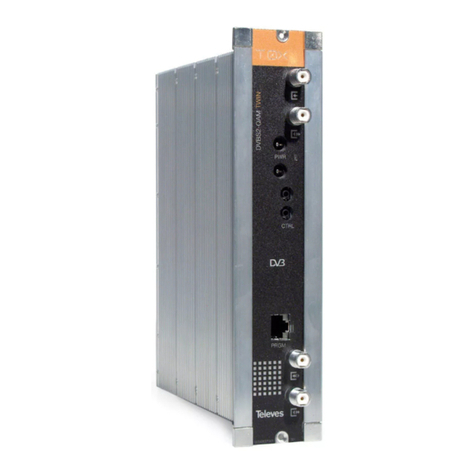
9
CM IP-TC
PRODUCTOS RELACIONADOS
FA 524
Fuente de Alimentación para varios módulos de cabecera CM.
Enracable o para montaje en soporte de pared.
Potencia 120W (5Vdc – 24A).
Dispone de conexión USB / RJ45 para gestión de la cabecera
local y remota.
CM PR Dispositivo para la programación de un solo módulo por
puerto USB.
FA 55 Fuente de Alimentación para un solo módulo de cabecera CM.
Potencia 25W (5Vdc –5A).
CHM TR Chasis mural para montaje de 7 módulos de cabecera CM
(incluida la fuente de alimentación FA 524).
CHR TR Chassis de rack 19” para montaje 7 módulos de cabecera CM
(incluida la fuente de alimentación FA 524).
CH 3 TR Chasis mural para montaje de 3 módulos de cabecera CM
(incluida la fuente de alimentación FA 524).
CM KEY
Licencia (Key) para la gestión remota de la cabecera CM desde
la fuente FA 524. Con este código es posible conectarse a la
cabecera mediante el SW “CM Management” de manera
remota accediendo a los módulos conectados a la fuente.
CM IP CI-TC
Streamer-modulador con doble Common Interface (CI).
Recepeción de hasta 15 streams IP SPTS / MPTS FTA o
encriptados y modulación en 3/4 canales DVB-T/DVB-C
adyacentes a la salida. Remultiplexación flexible de servicios.
Control remoto integrado desde la fuente de alimentación del
sistema.
CM 2STC CI-IP
Transmodulador TWIN DVB S2/T/C a IP con doble Common
Interface (CI). 100 Mbps. Remultiplexación de servicios en 16
streams posibles. USB reproductor de archivos TS. 13/18V, 22
KHz y DiSEqC. Programación desde PC conectado a la fuente de
alimentación. Control remoto integrado desde la fuente de
alimentación del sistema.
CM 4STC-IP
Transmodulador Quad DVB S2/T/C a IP. 100 Mbps.
Remultiplexación de servicios en 16 streams posibles. Doble
USB reproductor de archivos TS. 13/18V, 22 KHz y DiSEqC.
Programación desde PC conectado a la fuente de alimentación.
Control remoto integrado desde la fuente de alimentación del
sistema.
CM 4AV-IP
Encoder 4 x AV / IP. 100 Mbps. Remultiplexación de servicios
en 16 streams posibles. Programación desde PC conectado a la
fuente de alimentación. Control remoto integrado desde la
fuente de alimentación del sistema.
CM 4HD-IP
Encoder 4 x HDMI / IP 100 Mbps. Remultiplexación de servicios
en 16 streams posibles. Programación desde PC conectado a la
fuente de alimentación. Control remoto integrado desde la
fuente de alimentación del sistema.
ES

